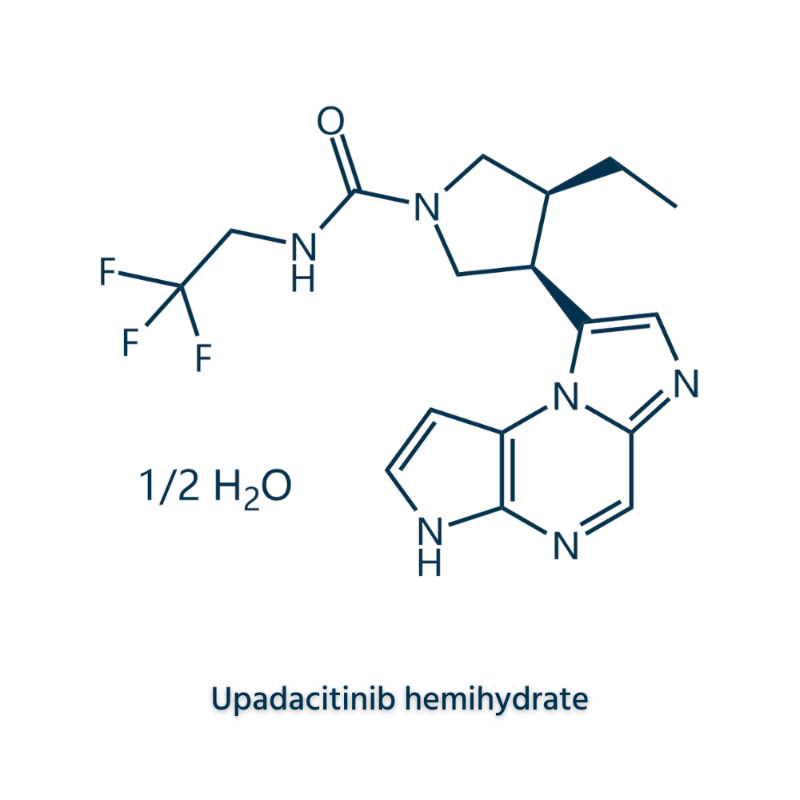-
Categories
-
Pharmaceutical Intermediates
-
Active Pharmaceutical Ingredients
-
Food Additives
- Industrial Coatings
- Agrochemicals
- Dyes and Pigments
- Surfactant
- Flavors and Fragrances
- Chemical Reagents
- Catalyst and Auxiliary
- Natural Products
- Inorganic Chemistry
-
Organic Chemistry
-
Biochemical Engineering
- Analytical Chemistry
-
Cosmetic Ingredient
- Water Treatment Chemical
-
Pharmaceutical Intermediates
Promotion
ECHEMI Mall
Wholesale
Weekly Price
Exhibition
News
-
Trade Service
Ref: Li J, et alClinNeurol Neurosurg2018 Dec;175:74-83doi: 10.1016/j.clineuro.2018.10.014Epub 2018 Oct 23clear cell meningioma (CCM) is a rare disease that accounts for less than 1% of meningioma, and most of the literature is reportedThe clinical and imaging characteristics, treatment and prognosis of CCM are still unclear, and there is a lack of optimal treatment strategies and prognostic predictorsJiuhong Li of The Neurosurgery at Huaxi Hospital, Sichuan University, and others report on the natural history, imaging features, histological characteristics, treatment and prognosis of intracranial CCM, published in The Journal of Clinical Neurology and Neurosurgery in October 2018from January 2006 to January 2018, 24 patients with intracranial CCM were surgically removed from Huaxi HospitalThe authors review edith the clinical manifestations, imaging characteristics, treatment and prognosis of CCMTumor removal range (yaly of resection, EOR) is graded using SimpsonFull excision (GTR), including Simpson rating 1 and 2, and secondary total excision (STR), including The Simpson rating level 3 and 4Analysis or recommendation of gamma knife radiation therapy (GKRS) for patients with a complete excision or recurrence of the tumorFollow-up 3 months, 6 months and annual lying after surgeryDuring follow-up, the progression, recurrence and metastasis of residual tumors were monitored by postoperative Gd enhanced MRI, and the patient's neurofunctional prognosis was assessed using karnofsky score (KPS)Progressionless rebirth (PFS) is the time from the beginning of surgery to the first recording of tumor progression, recurrence, or metastasisof the total number of cases of 3,554 intracranial meningiomas surgery in the hospital, 24 cases (0.7%) were CCM; The most common symptoms were headache, with 16 cases (66.7%), 6 (25.0%) limb weakness, 6 cases (25.0%) of lesions with neurodysfunction, 4 cases (16.7%) epilepsy and 3 cases (12.5%) of gait disordersSymptoms lasted from 5 days to 20 years, with an average of 31.6 to 58.6 monthsThe most common area ofCCM was the frontal lobe, 9 cases (37.5%) and 1 case of multiple tumorsOn MRI-T1-weighted imaging, it is represented as an uneven low-to-medium signal, and T2-weighted imaging is a medium-to-high signalAfter the enhancer was given, 12 cases (50.0%) were reinforced evenly and 12 patients had heterogeneous enhancement50.0% presents epiduralCCM size 20-70mm, an average of 44.2 to 17.5mm13 cases (54.2%) substantive CCM, size 20-60 mm, an average of 38.5 to 15.3 mmThe incidence of CCM cystic cystic disease was higher, accounting for 45.8%, and cystic tumors were relatively large, with a size of 20-70mm and an average of 50.9 to 18.1mmSpherical and irregular tumors accounted for 83.3% and 16.7%, respectivelyRadiography in 13 patients (54.2%) showed atypical performance24 cases had cerebral edema, of which 12 cases (50.0%) cerebral edema graded 0, 5 cases (20.8%) 1, 4 cases (16.7%) 2, 3 cases (12.5%) 3in histological, all tumor cells have clear cytoplasm, which has been diagnosed with an iodic acid-Schiff reaction and is diagnosed as a transparent cell meningiomaImmune group inglewhite staining showed a positive rate of 100.0% (21/21 cases), 100.0% (17/17 cases), 63.6% (7/11 cases), S-100 50.0% (5/10 cases), NSE 42.9% (3/7 cases), and 6.3% (1/16 cases) of GFAPAll cases were tested with the MIB-1 index, with 12 cases (50.0%) 3% and 12 cases (50.0%) to 3% 19 cases (79.2%) of the line tumor GTR, 5 cases (20.8%) due to tumor edge blurring or to preserve function After surgery, 3 cases were treated with GKRS, 45% isodosic line and 14-Gy edge dose 1 case underwent radiation therapy for the whole brain and spinal cord after the first operation Chemotherapy was not used in all patients Perioperative complications included 3 cases of incision, intracranial infection or pneumonia (12.5%), 2 cases of re-vision (8.3%), 1 case of limb weakness (4.2%), 1 case of hearing loss (4.2%), 1 case of facial palsy (4.2%), 1 case of epilepsy (4.2%) and cerebrospinal fluid leakage 1 case (4.2%) 1 patient postoperative intracranial hemorrhage, through the removal of cranial hematoma treatment follow-up after surgery was 6-140 months, with an average of 61.1 months All but 2 patients remained in a coma, and all the patients experienced an improvement in symptoms 3 patients (12.5%) lost follow-up No death In 4 cases (19.0%), the recurrence time ranged from 3 months to 10 years after surgery, with an average of 57.3 to 49.3 months The crude recurrence rate was 60.0%, and 33.3% of patients with an MIB-1 index of 3% The five-year PFS rate is 80.0% Most patients had a good postoperative KPS score of 100 (12/21 cases), 90 (4/21 cases), 80 (3/21 cases), and 2 patients with a continuous coma after surgery had a KPS score of 30 Kaplan-Meier analysis showed a significant reduction in PFS time in patients with the STR or MIB-1 index of 3% Age (18 or 18), gender, size (3cm or 3cm), cystic variation, and PR had no significant effect on PFS time CCM is good young, and the recurrence rate after surgery is high Surgical excision is the preferred treatment For patients with a 3% STR or MIB-1 index, further radiation therapy is required Long-term imaging close follow-up to the brain and spine is essential for the detection of tumor recurrence or metastasis (
Fu compilation, editor-in-chief of "Outside Information", Professor Chen Qi cheng, Professor Chen Qicheng, affiliated with Fudan University, Professor Review)







